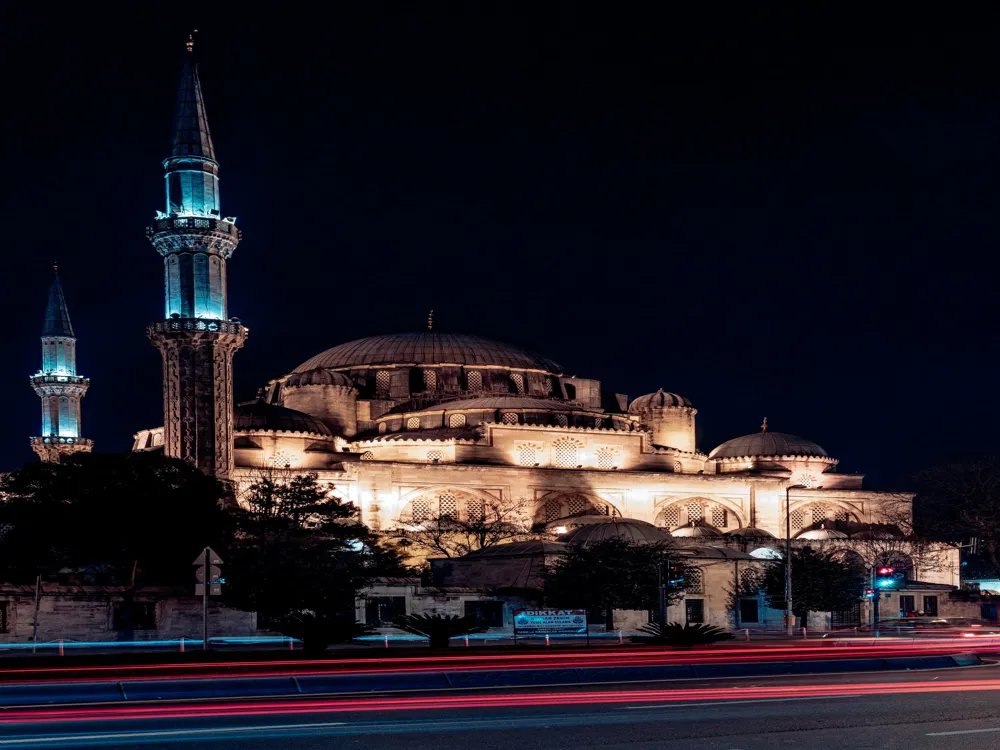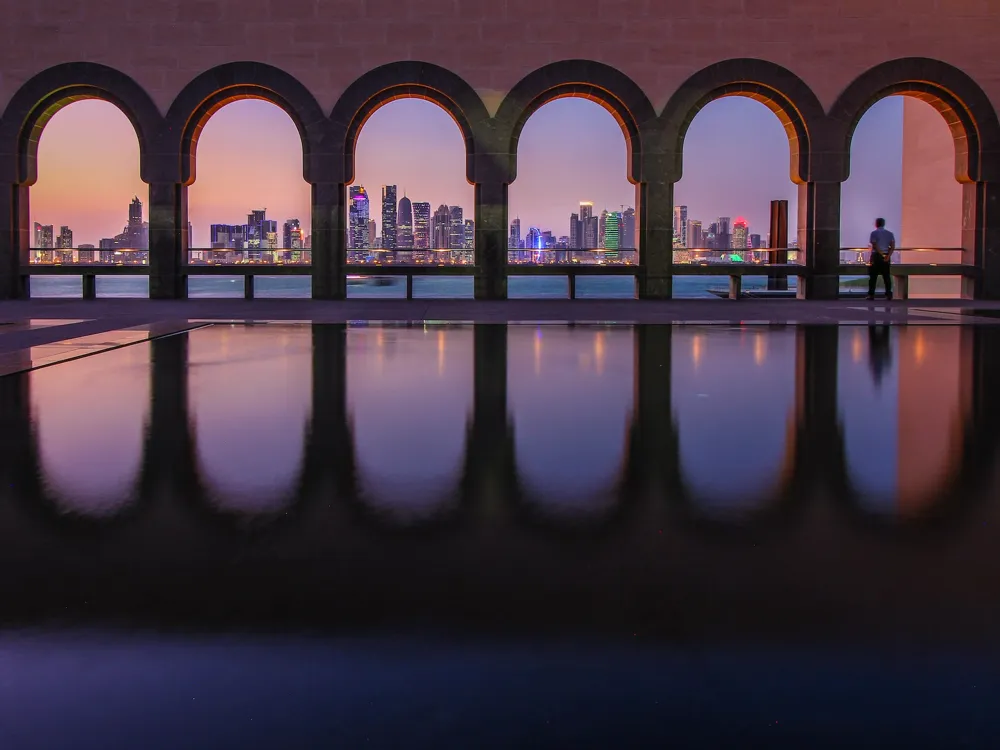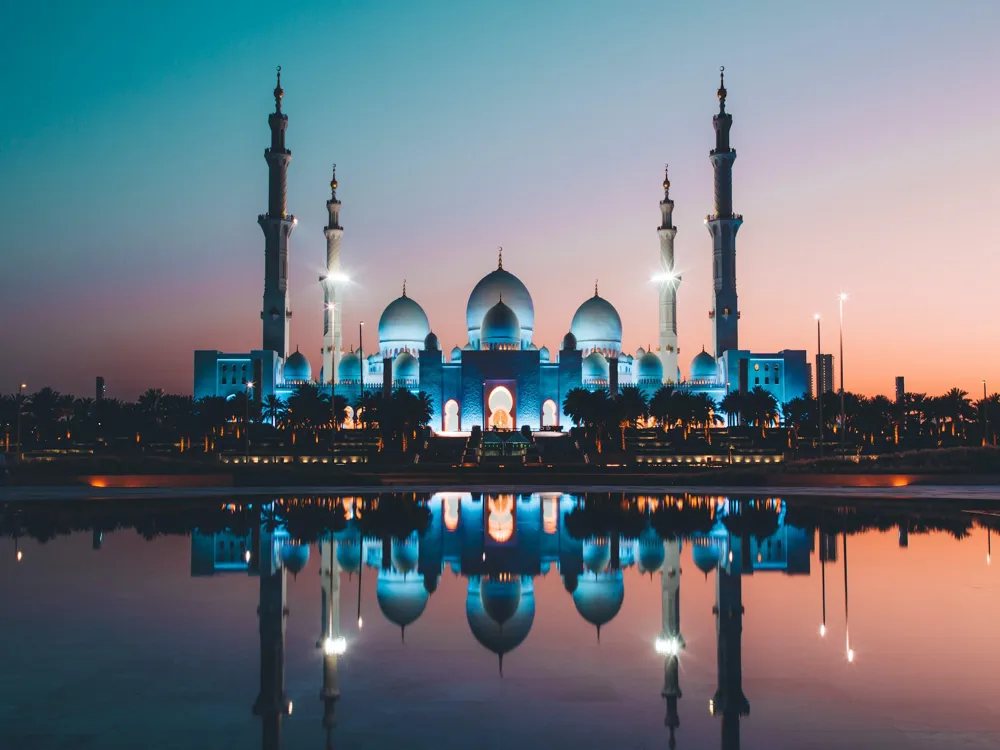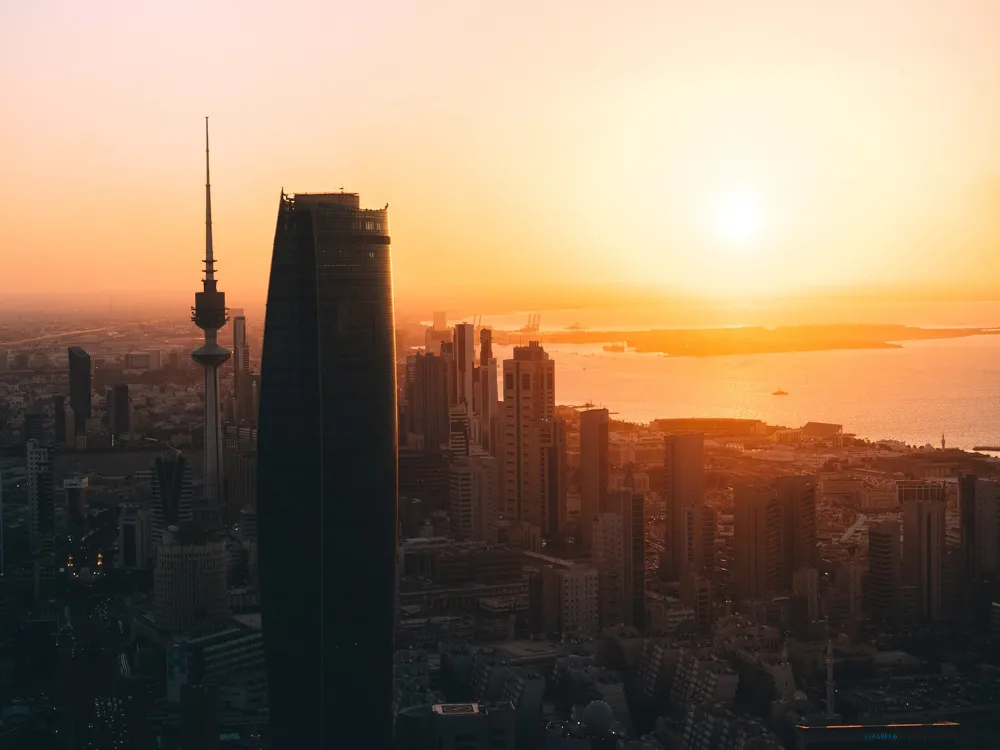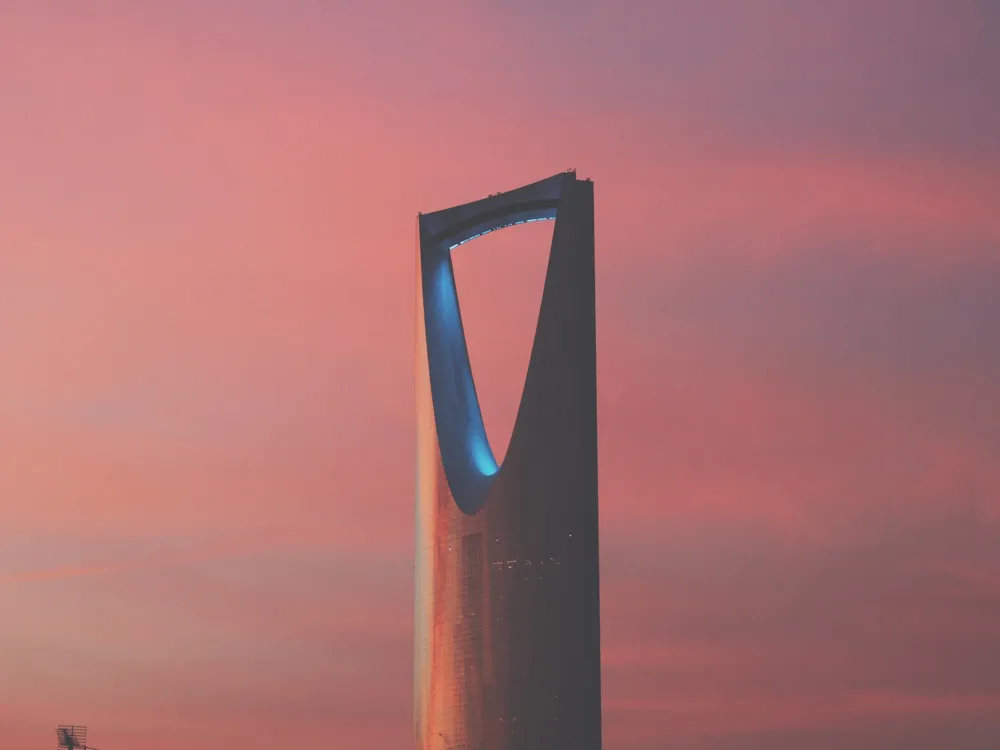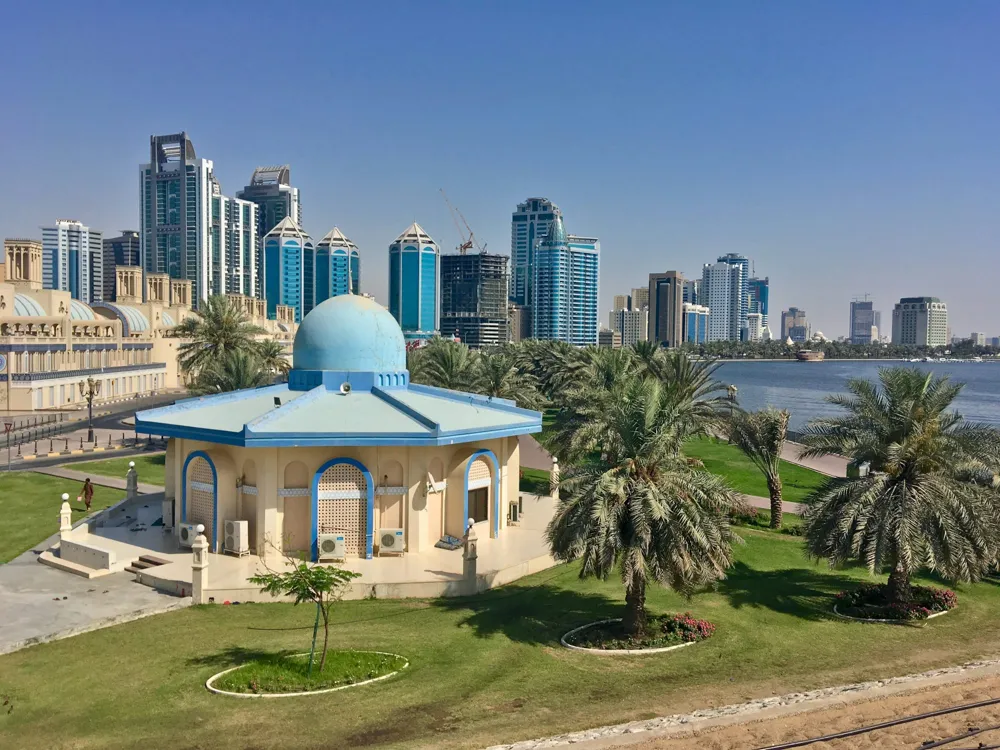The Tree of Life in Manama, a remarkable natural wonder, stands as a testament to the resilience and beauty of nature amidst the arid conditions of Bahrain. This iconic mesquite tree, scientifically known as Prosopis cineraria, has mystified visitors and scientists alike for decades. Situated approximately 2 kilometers from Jebel Dukhan, Bahrain's highest point, the Tree of Life is estimated to be over 400 years old. Remarkably, it thrives in an area completely devoid of water, leading to various theories and local legends about its survival. The tree's location has made it a symbol of life and perseverance. It's not just a natural wonder but also a cultural and historical beacon, drawing tourists and researchers from around the world. Its roots are said to reach deep into the earth, possibly tapping into an unseen underground water source, which explains its lush green foliage in the midst of a barren desert. The Tree of Life also holds a significant place in local folklore, often associated with ancient religious and mystical stories. Visiting the Tree of Life offers an opportunity to witness a unique ecological phenomenon. The tree's isolation and the stark contrast of its greenery against the desert backdrop provide a breathtaking visual experience. The site around the tree has minimal human-made structures, preserving its natural aura and allowing visitors to appreciate the tree in its original, unadulterated form. The Tree of Life's architecture is not man-made but a marvel of nature's design. Standing alone in the Bahraini desert, this mesquite tree has a robust and intricate structure that has withstood harsh environmental conditions for centuries. The tree's height, approximately 9.75 meters, and its wide canopy spreading over 12 meters provide a large shade area, a rare sight in the arid surroundings. The root system of the Tree of Life is a subject of great intrigue and study. It is presumed that the roots extend deep into the earth, possibly reaching an underground water source, allowing it to survive in the water-scarce region. The bark of the tree is thick and rugged, an adaptation to the extreme temperatures and sandstorms of the desert. This natural design is a perfect example of adaptation and resilience, key themes in the study of desert ecology. The tree's leaves are small, which reduces water loss through evaporation. Its branches spread out wide, creating a natural canopy that is home to various bird species and serves as a resting spot for desert travelers. The Tree of Life's overall structure is not just a survival mechanism but also a testament to the beauty of natural architecture, standing in contrast yet in harmony with its environment. Visiting during the cooler months from November to March is advisable as the temperatures are more pleasant. Early morning or late afternoon hours offer softer light for photography and a cooler climate. The Tree of Life is located in a remote area, and public transportation options are limited. Renting a car or using a taxi service is recommended for convenience. Ensure your vehicle is well-equipped for off-road conditions. Respect the natural site and local customs. Avoid littering and keep noise levels down. Dress modestly in keeping with Bahrain's cultural norms, especially if you plan to visit nearby localities. Photography is allowed, but drone usage may be subject to local regulations. Always check for the most recent guidelines and obtain necessary permissions for drone photography. Carry enough water, use sun protection, and wear comfortable shoes suitable for walking on uneven desert terrain. Be aware of your surroundings, as the area is home to various wildlife. The Tree of Life is located in the southern part of Bahrain, about 40 kilometers from Manama, the capital city. The journey to the tree is an adventure in itself, taking you through the serene and vast desert landscape of Bahrain. The most common way to reach the Tree of Life is by car. Visitors can rent a car from Manama and drive to the location using GPS coordinates. The route is well-marked, and the roads are in good condition, making it a smooth and accessible drive. Alternatively, hiring a taxi or joining a guided tour from Manama are convenient options, especially for those unfamiliar with the area. For those seeking a more adventurous route, biking or hiking to the tree is also possible. However, this requires careful planning, as the desert terrain can be challenging and the climate is harsh. Always ensure you have a map, sufficient water, and protection against the sun when embarking on such a journey. Read moreOverview of the Tree of Life in Manama
Architecture of the Tree of Life
Tips for Visiting the Tree of Life
Best Time to Visit
Transportation and Accessibility
Cultural Sensitivity and Respect
Photography and Drone Usage
Safety Precautions
How to Reach the Tree of Life
Manama Tourism
Best Time to Visit Manama
How to Reach Manama
Things To Do, Manama
Tree of Life
Manama
NaN onwards
View manama Packages
Manama Travel Packages
View All Packages For Manama
Top Hotel Collections for Manama

Private Pool

Luxury Hotels

5-Star Hotels

Pet Friendly
Top Hotels Near Manama
Other Top Ranking Places In Manama
View All Places To Visit In manama
View manama Packages
Manama Travel Packages
View All Packages For Manama
Top Hotel Collections for Manama

Private Pool

Luxury Hotels

5-Star Hotels

Pet Friendly






